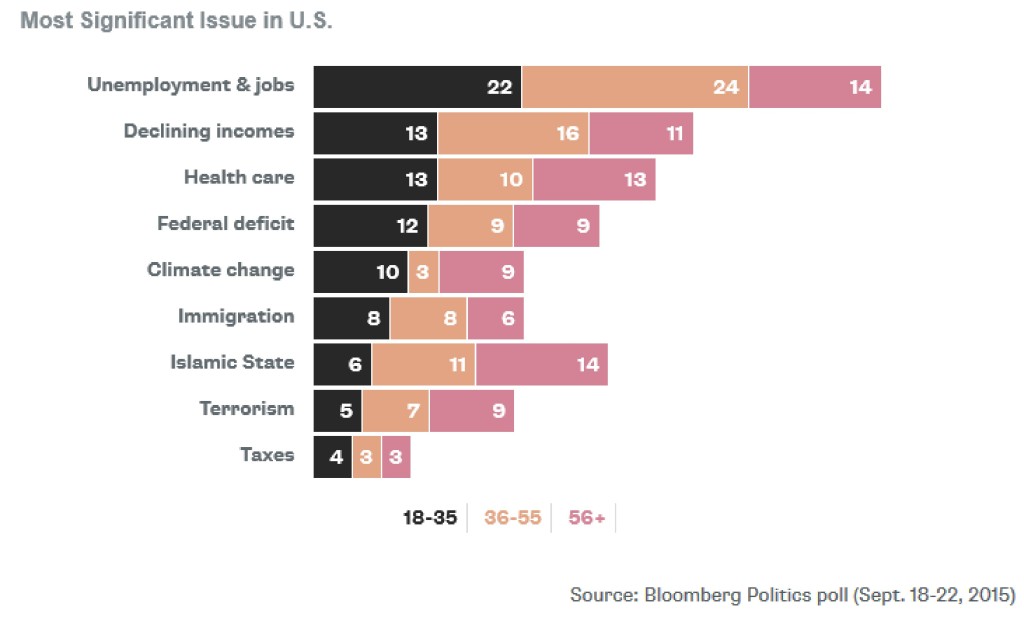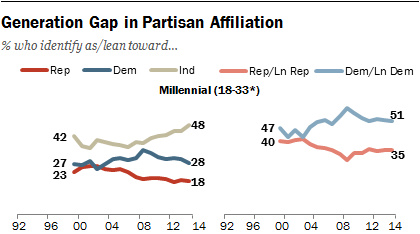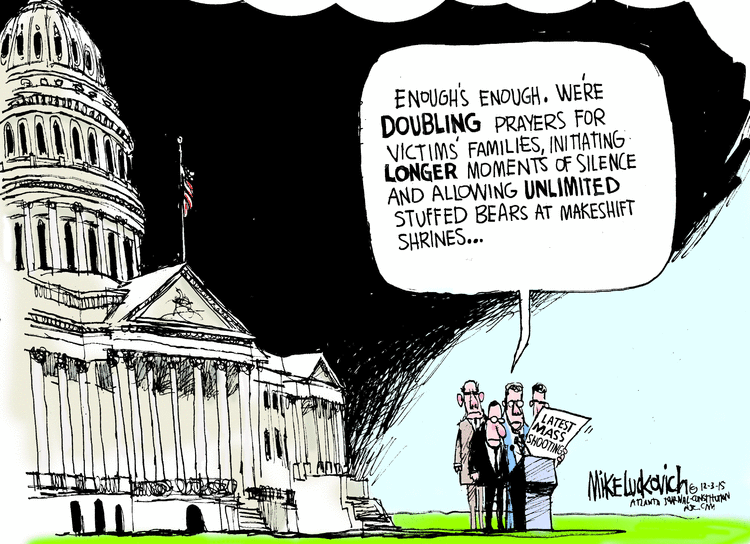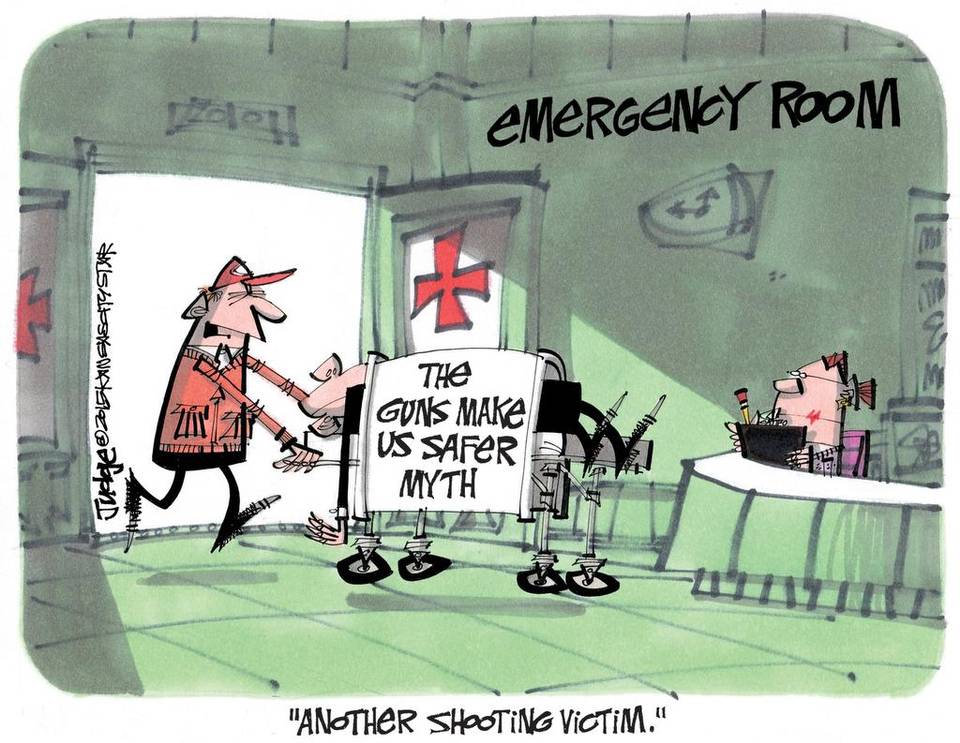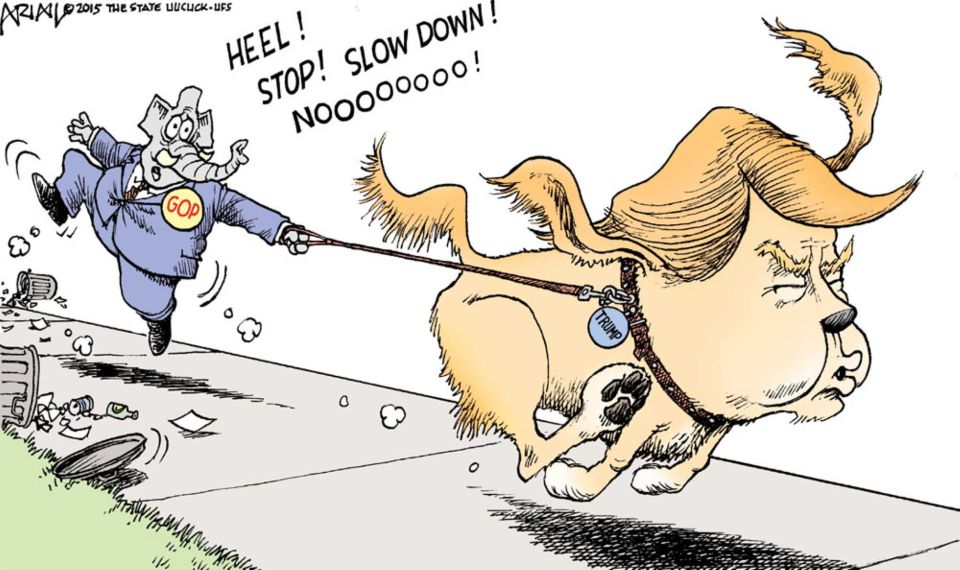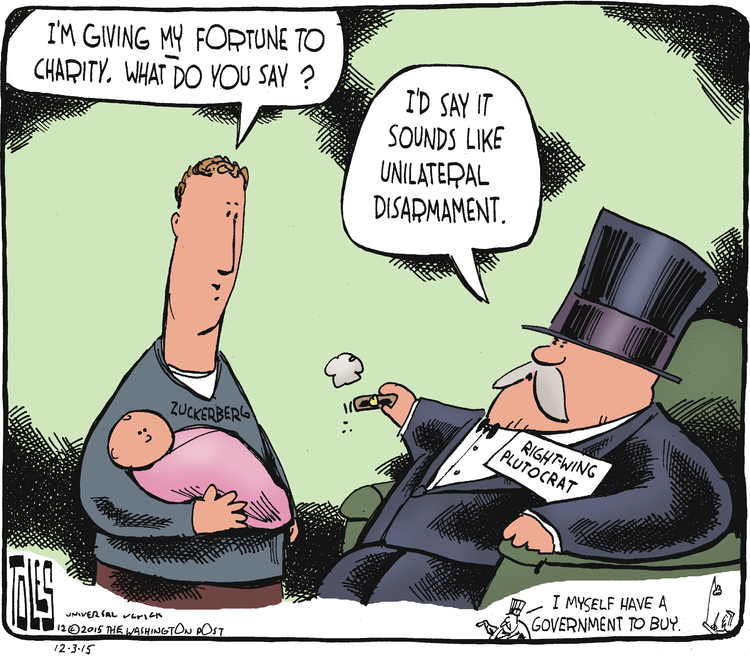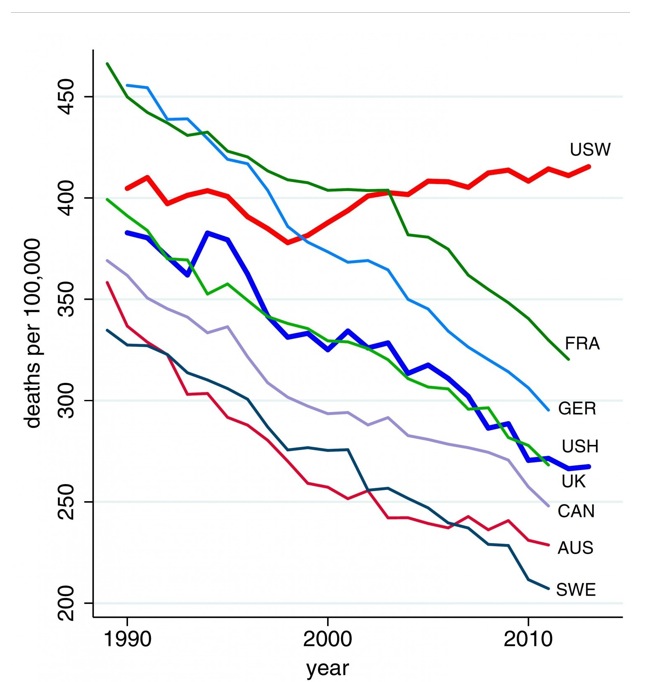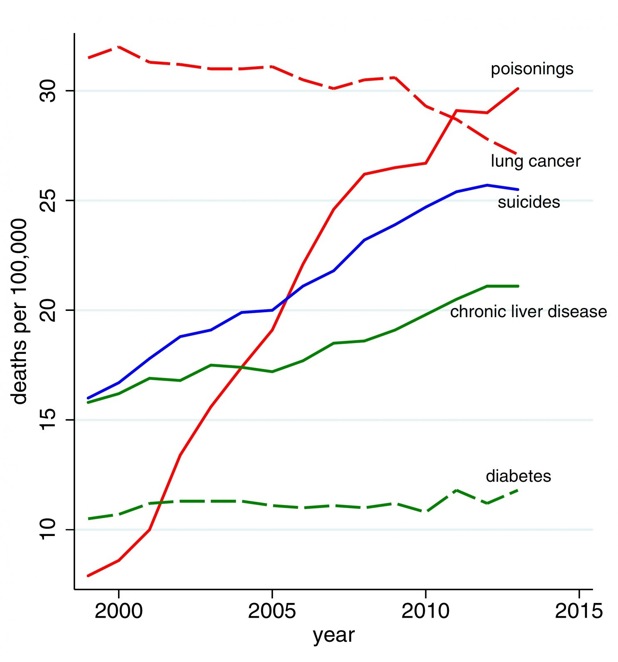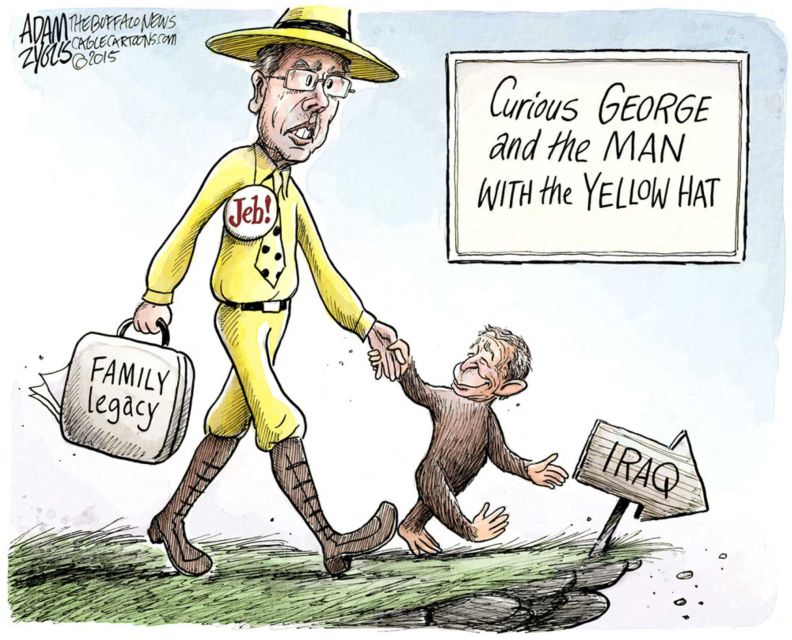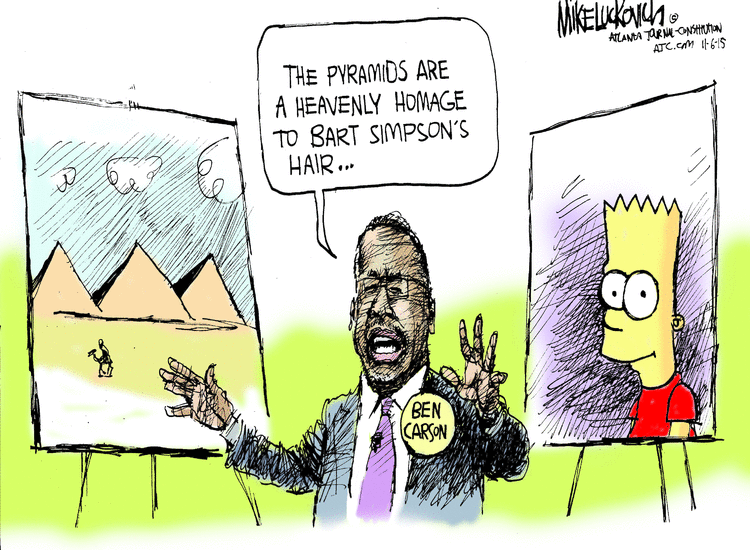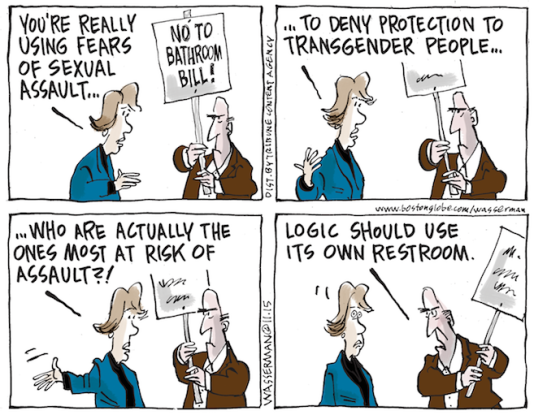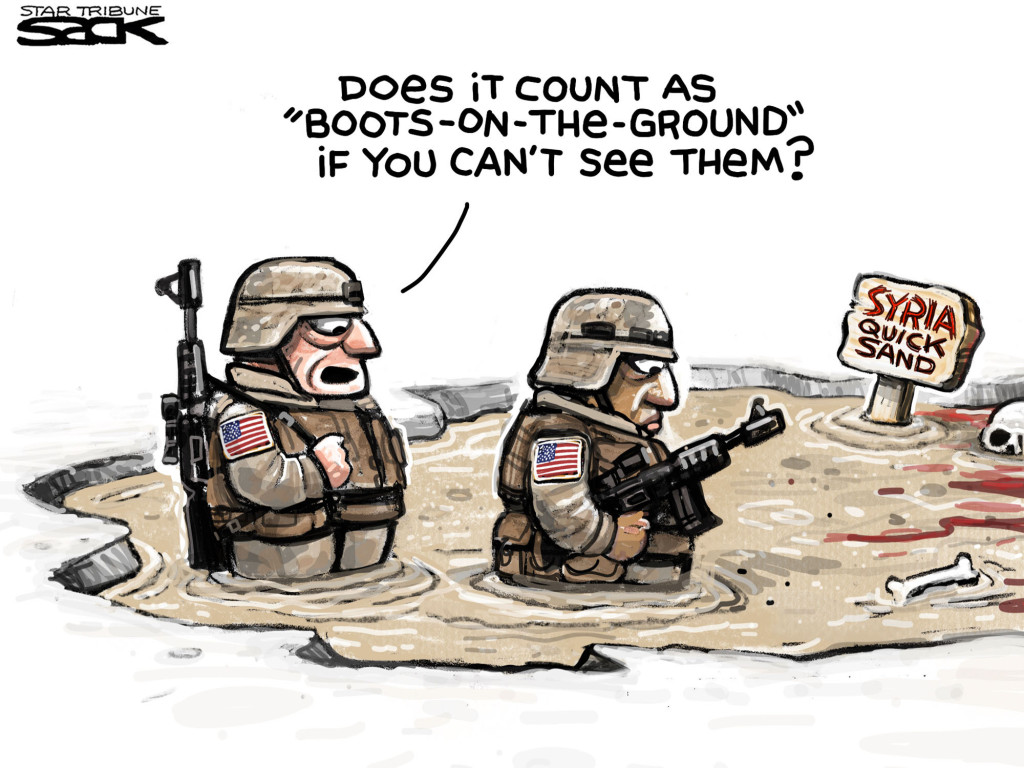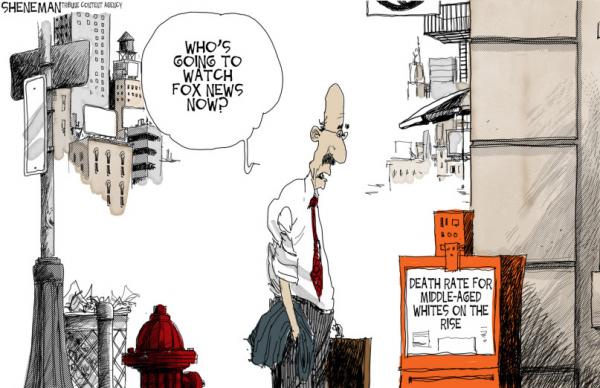The spin after the SOTU was about how angry voters are, and the political opening that creates, despite the genuine good news on the economy. Here is Mr. Obama from the SOTU:
Most of all, democracy breaks down when the average person feels their voice doesn’t matter; that the system is rigged in favor of the rich or the powerful or some narrow interest.
We can’t change the fact that some people are angry, but this article from the Washington Monthly by Andrew Yarrow points to some stunning facts about how men in particular have been left by the wayside of American life:
At least 20% of the nation’s 90 million white men have been pushed to the sidelines, either retreating or storming out of the mainstream of American life. They are not the men you see at work, who play with their children, go out with their wives or partners, are involved in their communities, and earn a living to save for their children’s education and their own retirement. What they do doesn’t register in…the gross domestic product…
Yarrow continues:
We know that they are out there. But they don’t fit old stereotypes of failure, so we’ve had trouble coming to grips with who they are or naming the problem. Parts of their stories have garnered significant attention, but we don’t see that what have been treated as separate problems are closely related.
Here are a few statistics from the article that merit your attention:
• Today, fewer than seven out of ten American men work; in the 1950s, nine out of ten worked.
• Since the 1970s, inflation-adjusted incomes for the bottom 80% of men have fallen, with the most dramatic declines occurring among the bottom 40%, most of whom do not have a college education.
• Today, just half of men are husbands; in 1960, three-fourths of men were married.
• As Barack Obama leaves office, only two out of three children live with their fathers; when John Kennedy was elected President, nine out of ten children lived with their fathers.
• Today, 43% of 18-to-34-year-old American men live with their parents (compared to 36% of millennial women); in 1960, about 28% lived at home.
• There are 36% more women in college than men, whereas in 1970, there were about 35% more men than women in college.
• Men are 50% less likely to trust government than women.
• In recent years, there has been a roughly 20-point gender voting gap, with white men being much more likely not only to vote for Republicans but to express disillusionment and anger toward government; until about 1980, men and women voted roughly evenly for Democrats and Republicans.
The point is that a lot has gone wrong for many white men, a demographic that once was the epitome of privilege and high expectations. And while politicians discuss stagnant wages, broken families and inequality, few notice, much less talk about the probable linkages between these issues and the impact of angry males on our politics.
Some may be thinking that this is a manufactured issue. After all, men still out-earn women, and they still hold most of the CEO and board–level jobs. And none of this white male angst should obscure the continuing struggles of women and people of color, including men of color. African-American and Latino men have had it worse than white men for a very long time.
But we ignore any group’s anger at our peril. The Bundy Brigade’s antics in Utah and Oregon is just one recent example. Many men are mad as hell, and their anger is often turned on scapegoats: Government in the case of the Bundys; Muslims, immigrants, African Americans, and Latinos in the case of others.
In 2016 we are seeing several presidential candidates feeding from the trough of this anger. Playing to the inchoate anger of a sizable minority of white men who have been benched economically, or who simply left the field, is a dangerous demagoguery, one that only benefits the demagogues.

